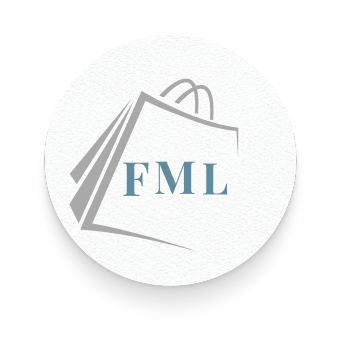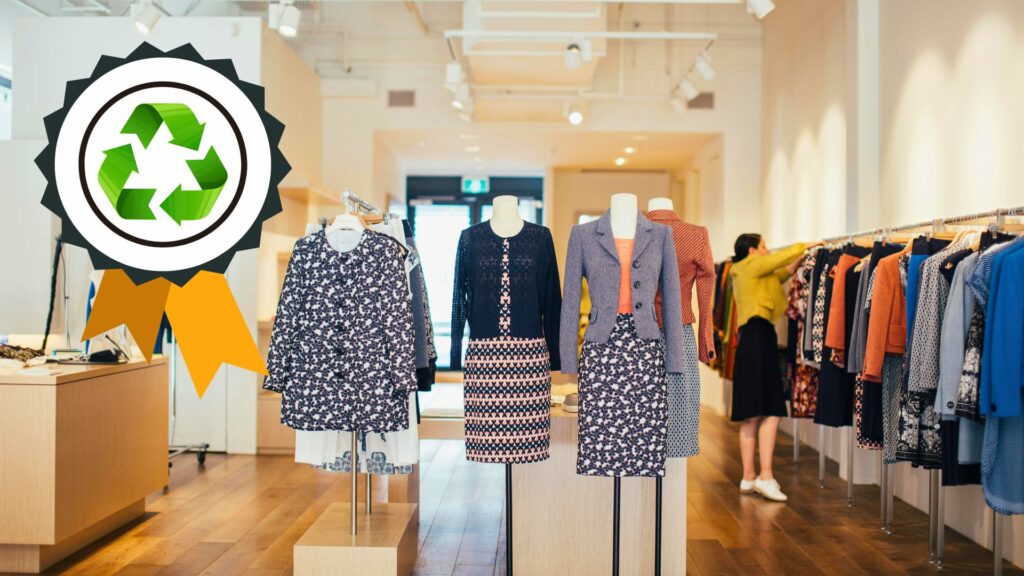Fashion is going green, and eco-friendly clothing is slowly taking over the world. Let’s look at 11 sustainable fashion trends that can dominate in 2025. We discuss trends that will not only affect sustainable fashion but also the entire fashion world.
With more celebrity endorsements and global activism, green fashion trends are rising across the world. This year will be another important year for green fashion. Sustainable fashion brands are expected to get bigger and better.
Overall, this can be the year of more recycled clothes, environmentally aware consumers, transparency, ethical working conditions, and a more responsible fashion industry.
So, let’s explore the 11 top sustainable trends that can define the slow fashion industry this year and beyond.
11 Sustainable Fashion Trends That Can Rule in 2025 (Approx. 500-1000 words)
1: Circular Fashion of sustainable fashion brands

Imagine clothes being made in a way that they can be used for a long time. Moreover, when you don’t want them anymore, they can be easily repaired, or reused by someone else, or even turned back into new clothes.
Sustainable fashion brands are making these kinds of clothes more and more.
By 2025, we might see more brands taking back old clothes to recycle them, and clothes might be designed to last longer and be easier to fix. This means less waste and less need for new resources.
Celebrities like Sutton Stracke have already created curricular fashion brands that are gaining popularity.
2: Eco-Friendly Materials

Instead of using materials that harm the environment, a growing trend is to use better options. Materials like regular cotton need lots of water and chemicals. Moreover, sustainable fashion brands are also moving away from synthetic fabrics made from oil.
They are using more eco-friendly alternatives like organic cotton, recycled fabrics made from old clothes or plastic bottles, and new materials from plants like pineapple leaves or mushrooms.
In 2025, we should see more clothes made from these materials, which will be better for the planet by using less water, fewer chemicals, and reducing waste.
This trend is likely to dominate for a long time to come. It is also likely to evolve into a whole new industry in the coming years.
3: Transparency & Traceability of Sustainable Fashion Brands

Transparency is about knowing exactly where your clothes come from and how they were made. Transparency has been a growing sustainable trend over the years. It has also largely impacted the global fashion industry.
Becoming more transparent and answerable to their buyers is now the main focus of sustainable fashion brands. You might be able to scan a tag on your shirt and see which farm grew the cotton, which factory made the fabric, and who sewed it all together.
It’s likely that more brands will be open about their supply chains in 2025. So, you can be sure your clothes were made ethically and sustainably.
4: Slow Fashion and Minimalism

More people will want to buy fewer but quality clothes that will last a long time. This is a sustainable fashion trend that is only likely to get bigger this year.
Instead of constantly buying cheap, trendy items that people throw away quickly, more aware customers want their fashion choices to be slow but steady.
In 2025, more people might choose to have smaller wardrobes of versatile pieces that they can wear for years. Overall, this trend should reduce the demand for fast fashion.
Brands like Pact, Eileen Fisher, and Stella McCartney are leading the charge.
5: On-Demand Fashion

Imagine that a clothing item is only made after you have ordered it. Like this, there will be a much smaller number of clothes that remain unsold for different brands. This trend in sustainable fashion started back in the early 2000s.
However, this ‘on-demand’ trend has now become even bigger. Platforms like Printful, Printify, Redbubble, and others are bringing this trend back.
We’re likely to see more brands using this approach in 2025. It can help to cut down on waste from unsold items.
6: Upcycling

Upcycling is taking old clothes or leftover materials and turning them into new, better-quality items. Sutton Strake’s Sutton Green Label makes their clothes from used fabrics and materials. Patagonia creates outdoor clothing from recycled materials, including recycled plastics.
Emerging brands like RE/DONE and Zero Waste Daniel are also taking upscaling further in the world of fashion.
By 2025, upcycling could become more common, giving old clothes a new life and reducing the need for new materials.
7: Second-Hand and Vintage Shopping

Buying clothes that someone else has already worn is becoming more popular.
This year, it’s expected that more people will shop at thrift stores and online marketplaces for used clothes, which is a great way to be sustainable.
There are resale fashion platforms providing excellent quality vintage clothing that is second-hand. Patagonia, Tentree, and Eileen Fisher, as well as other big names, offer second-hand and vintage clothing options.
Some of these brands also provide facilities for returning your old clothes for special vouchers.
8: Ethical Labor Practices

Ethical labor means making sure that the people who make our clothes are treated fairly, get paid properly, and work in safe conditions. It’s now an important factor in the fashion industry.
Many sustainable fashion brands like Patagonia, Everlane, Pact, Outerknown, and Reformation are making their labor practices more ethical and human.
In 2025, there will likely be more pressure on brands to ensure ethical treatment of workers throughout their supply chains. With more transparency and answerability of fashion brands, it is highly likely that more ethical work rules can be formed.
9: Vegan Fashion

It is estimated that around 1-4% of Americans are vegans. So, this sustainable trend is about clothes and accessories that are made without using any animal products like leather, fur, wool, or silk.
With more awareness about animal welfare, we can expect to see more demand for and availability of vegan fashion options. Brands like Stella McCartney are expected to be the global leaders in vegan fashion.
In 2025, vegan fashion will be trending in sustainable fashion.
10: AI design tools

AI is everywhere! Even in the fashion world, artificial intelligence (AI) can help designers come up with new ideas, predict trends, and even figure out how to cut fabric to waste less.
AI could be used more to make the design process more efficient and sustainable. It can help sustainable clothing brands to reduce waste, save energy, forecast demands, and utilize better materials.
AI is here to stay in 2025 and beyond. In fact, it’s only going to get bigger.
11: Direct-to-consumer (DTC) models.

This is when brands sell their products directly to you online, without going through traditional stores. This has been a rising sustainable fashion trend for some time.
In 2025, more brands can use this model, which can sometimes lead to lower prices and a better connection between the brand and the customer. This model also gives brands more control over their sustainability efforts.
Conclusion
These are some of the most important trends that can define the green fashion industry in 2025. It is definitely going to be a year of more opportunities and better growth for sustainable fashion brands.
Circular fashion, eco-friendly materials, transparency, slow fashion, and the other things we mentioned are no longer just trends. They have become the defining factors that are leading the entire sustainable fashion industry.
We predict that these trends are only going to get even greater in times to come. In the future, all fashion might become eco-friendly fashion.
Do you think there are other factors that can also leave a huge impact on sustainable fashion? Mention them in the comments below.



